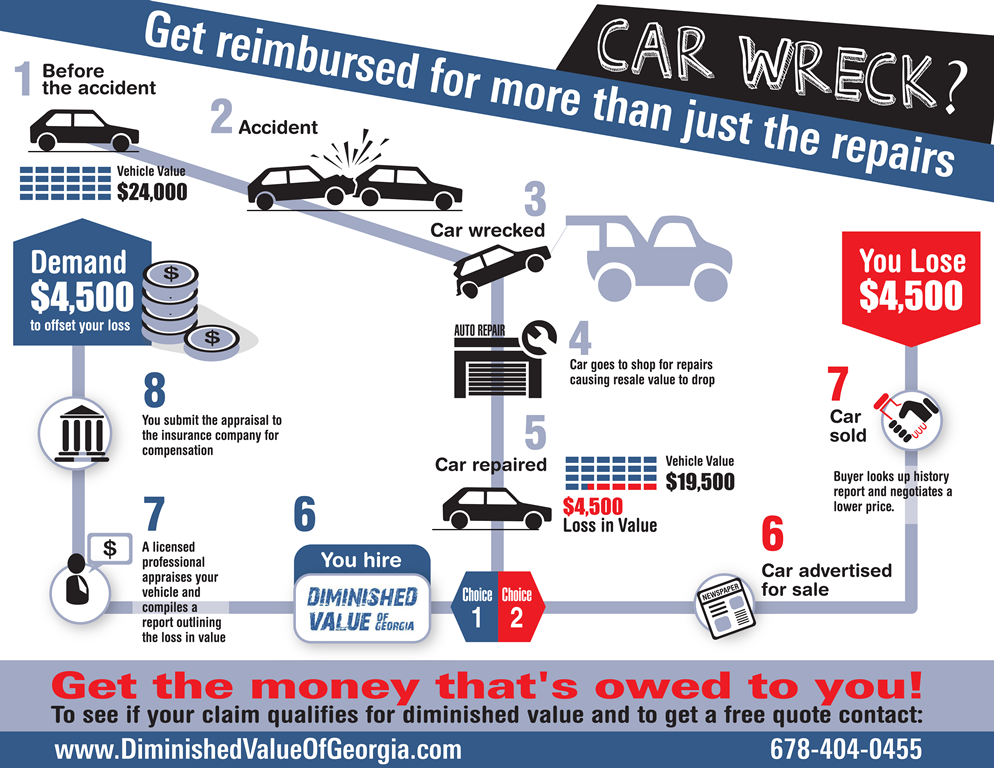Analyzing Your Vehicle'S Warning Indicators: What They Actually Share
Analyzing Your Vehicle'S Warning Indicators: What They Actually Share
Blog Article
Authored By-Boye Kejser
When you lag the wheel, those glowing caution lights on your dashboard can be a bit perplexing. Do you know what they're attempting to tell you about your vehicle's health and wellness? Understanding the significance of these lights is essential for your security and the long life of your automobile. So, the next time one of those lights appears, wouldn't you want to decipher its message properly and take the required steps to resolve it?
Common Caution Lights and Interpretations
Identify typical warning lights in your car and understand their definitions to guarantee risk-free driving.
The most regular caution lights include the check engine light, which indicates problems with the engine or emissions system. If this light begins, it's vital to have your vehicle examined promptly.
The oil stress alerting light indicates reduced oil stress, calling for prompt focus to avoid engine damages.
A blinking battery light could suggest a defective billing system, possibly leaving you stranded otherwise addressed.
weblink tracking system (TPMS) light alerts you to reduced tire pressure, impacting vehicle stability and gas performance. Neglecting this could bring about unsafe driving conditions.
The ABS light suggests a trouble with the anti-lock stopping system, jeopardizing your ability to stop swiftly in emergency situations.
Lastly, the coolant temperature level warning light warns of engine overheating, which can lead to severe damage otherwise dealt with swiftly.
Understanding these usual warning lights will aid you attend to concerns promptly and keep safe driving problems.
Relevance of Prompt Focus
Understanding the usual caution lights in your auto is just the very first step; the value of immediately dealing with these warnings can't be emphasized sufficient to guarantee your safety and security when driving.
When a warning light brightens on your control panel, it's your car's means of communicating a prospective problem that requires attention. Disregarding these cautions can bring about much more extreme troubles in the future, endangering your safety and security and potentially costing you more out of commission.
Motivate interest to alerting lights can avoid failures and accidents. For example, a blinking check engine light might show a misfire that, if left neglected, can cause damage to the catalytic converter. Addressing https://www.fox9.com/news/twin-cities-auto-shop-to-pay-employee-it-forced-to-quit-60k without delay can save you from a pricey repair work.
In a similar way, a brake system alerting light may signify reduced brake liquid or used brake pads, critical parts for your safety when driving.
DIY Troubleshooting Tips
If you discover a warning light on your dashboard, there are a few do it yourself fixing ideas you can attempt before seeking specialist help.
The primary step is to consult your car's guidebook to recognize what the certain caution light indicates. In some cases the issue can be as straightforward as a loose gas cap setting off the check engine light. Tightening the gas cap may resolve the issue.
Another typical problem is a low battery, which can set off different alerting lights. Checking the battery links for rust and ensuring they're secure might fix the issue.
If a caution light lingers, you can try resetting it by disconnecting the car's battery for a few mins and after that reconnecting it. Furthermore, examining your vehicle's fluid levels, such as oil, coolant, and brake fluid, can assist fix advising lights associated with these systems.
Conclusion
Finally, understanding your vehicle's warning lights is important for keeping your car running efficiently and securely. By quickly resolving these signals and recognizing what they suggest, you can stay clear of expensive repairs and potential breakdowns.
Keep in mind to consult your automobile's guidebook for specific information on each warning light and do something about it as necessary to guarantee a hassle-free driving experience.
Remain informed, remain risk-free when driving!
